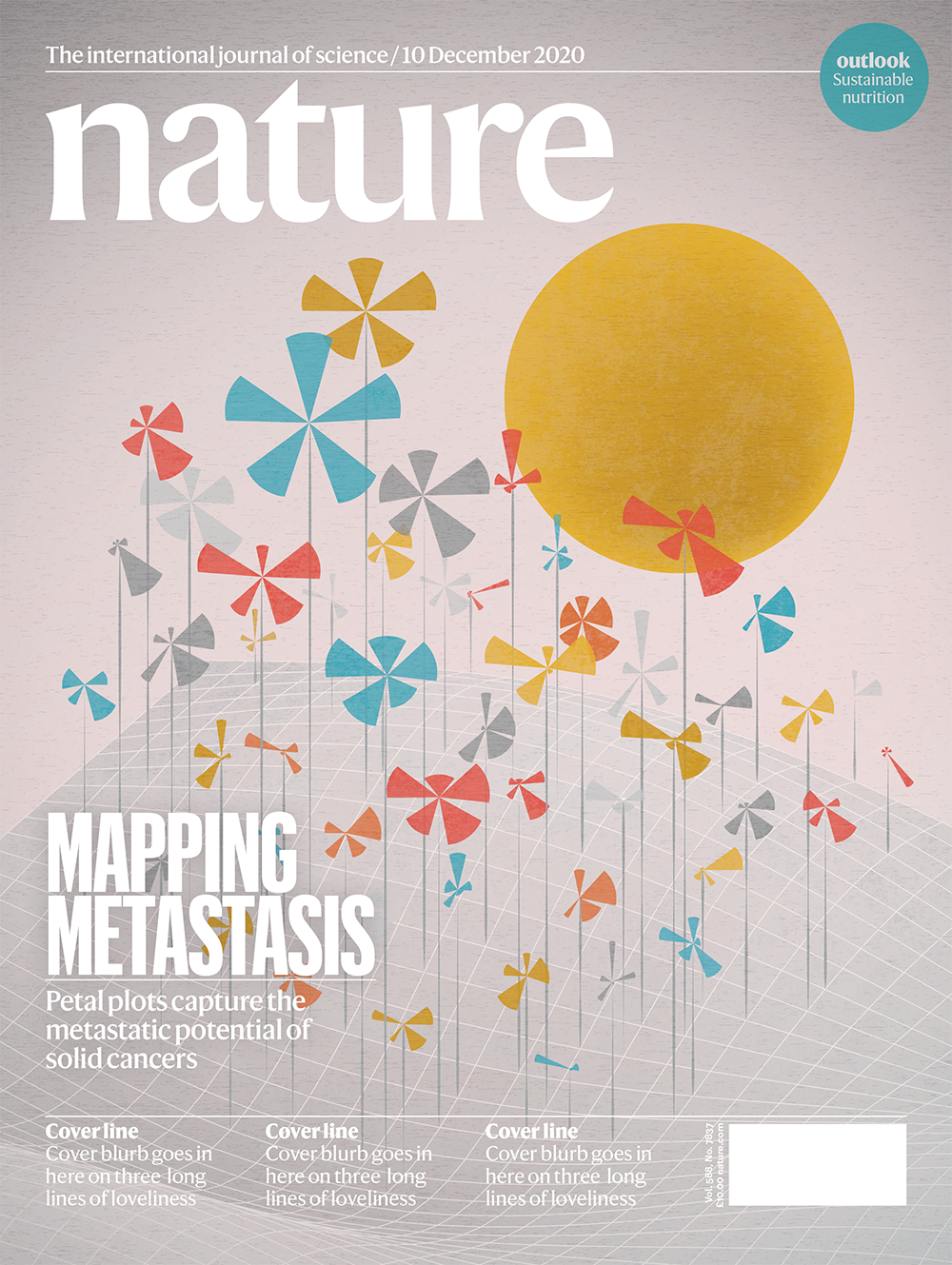A PUBLICATION FROM BROAD INSTITUTE OF MIT AND HARVARD
Last updated December 2020
A metastasis map of human cancer cell lines

Xin Jin 1,*, Zelalem Demere 1, Karthik Nair 1, Ahmed Ali 1,2, Gino B. Ferraro 3, Ted Natoli 1, Amy Deik 1, Lia Petronio 1, Andrew A. Tang 1, Cong Zhu 1, Li Wang 1, Danny Rosenberg 1, Vamsi Mangena 4, Jennifer Roth 1, Kwanghun Chung 1,4, Rakesh K. Jain 3,5, Clary B. Clish 1, Matthew G. Vander Heiden 1,2,6, Todd R. Golub 1,5,6,*
DOI: 10.1038/s41586-020-2969-2
Abstract
Most deaths from cancer are explained by metastasis, and yet large-scale metastasis research has been impractical owing to the complexity of in vivo models. Here we introduce an in vivo barcoding strategy capable of determining the metastatic potential of human cancer cell lines in mouse xenografts at scale. We validated the robustness, scalability and reproducibility of the method and applied it to 500 cell lines spanning 21 types of solid tumor. We created a first-generation metastasis map (MetMap) that reveals organ-specific patterns of metastasis, enabling these patterns to be associated with clinical and genomic features. We demonstrate the utility of MetMap by investigating the molecular basis of breast cancers capable of metastasizing to the brain—a principal cause of death in patients with this type of cancer. Breast cancers capable of metastasizing to the brain showed evidence of altered lipid metabolism. Perturbation of lipid metabolism in these cells curbed brain metastasis development, suggesting a therapeutic strategy to combat the disease and demonstrating the utility of MetMap as a resource to support metastasis research.
Human cancer cell lines were barcoded with unique DNA sequences, the barcoded lines were pooled, and the pools1 were injected into the left ventricle of immunodeficient mice. Following injection2, the cells dispersed through arterial circulation to different organs and initiated metastases. After 5 weeks of metastatic growth, the mice were sacrificed, organs (brain, lung, liver, kidney, bone) were harvested, and DNA barcodes were PCR amplified from organs using a customized workflow. DNA barcodes reflecting relative cell line abundance in the organs were measured and enumerated via next-generation sequencing. Metastatic potential of each cell line towards each organ was quantified as barcode enrichment relative to the abundance in the pre-injected population.
Cell lines were profiled in two formats: MetMap500 and MetMap125
1 PRISM cell line pools for 21 solid cancer types were utilized.
2 The intra-cardiac injection method minimized inter cell line competition as was often seen in subcutaneous injection, because the cells were spatially separated through circulation.
2 The intra-cardiac injection method minimized inter cell line competition as was often seen in subcutaneous injection, because the cells were spatially separated through circulation.
